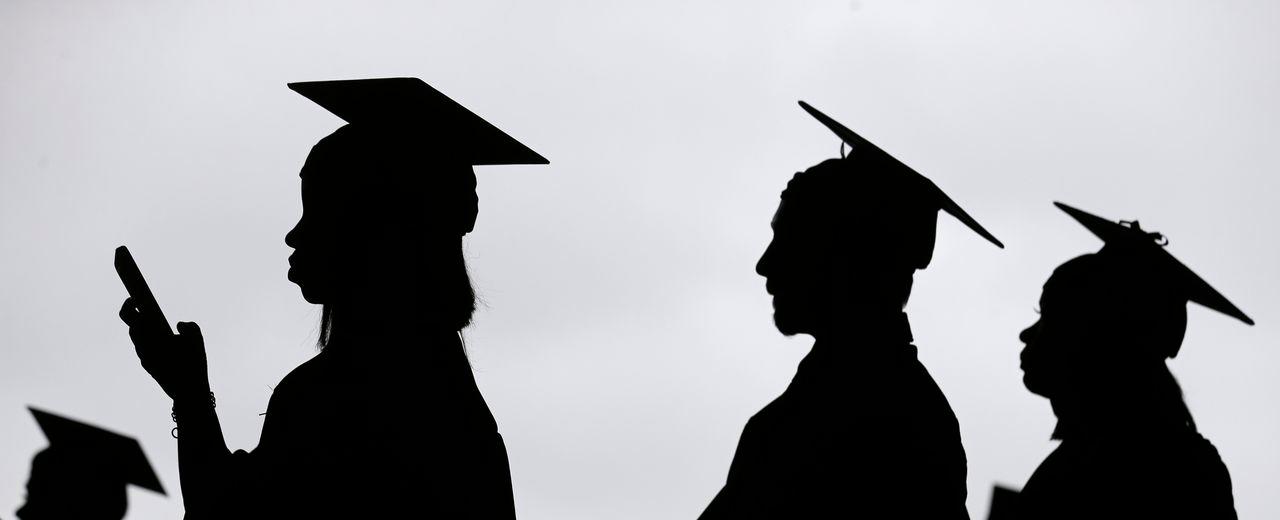Student loan forgiveness to benefit 3.6 million borrowers through federal IDR plan

Student loan forgiveness is a hot topic in the U.S. right now, and a recent development could positively impact many borrowers struggling with loan repayment. According to a recent article, 3.6 million federal student loan borrowers could soon receive loan forgiveness through the Income-Driven Repayment (IDR) plan. The plan allows borrowers to pay a percentage of their discretionary income towards their loans each month, with the remaining balance being forgiven after 20-25 years. However, changes to the IDR plan in 2018 made it easier for borrowers to receive loan forgiveness after just 10- years of payments.
The article explains that the payment cap under the IDR plan was lowered from 15% to 10% of discretionary income, which makes monthly payments more affordable for borrowers. Additionally, eligibility requirements were expanded to include borrowers with higher income levels, providing relief to more borrowers. The author notes that there are some potential drawbacks to the IDR plan, such as the fact that borrowers may end up paying more in interest over time due to the longer loan terms associated with income-driven repayment. However, for many borrowers struggling to keep up with monthly payments, loan forgiveness through the IDR plan could be a lifeline.
As someone who has personally experienced the struggles of student loan debt, I found this article both informative and encouraging. It’s reassuring to see that policymakers are taking steps to address the student loan crisis, and that more borrowers may soon have access to relief options. Of course, it’s important to understand the potential trade-offs of any repayment plan and to carefully consider one’s own financial situation before making a decision. Nevertheless, the news of potential loan forgiveness through the federal IDR plan is certainly a positive development for many Americans burdened by student debt.
Quick Links

